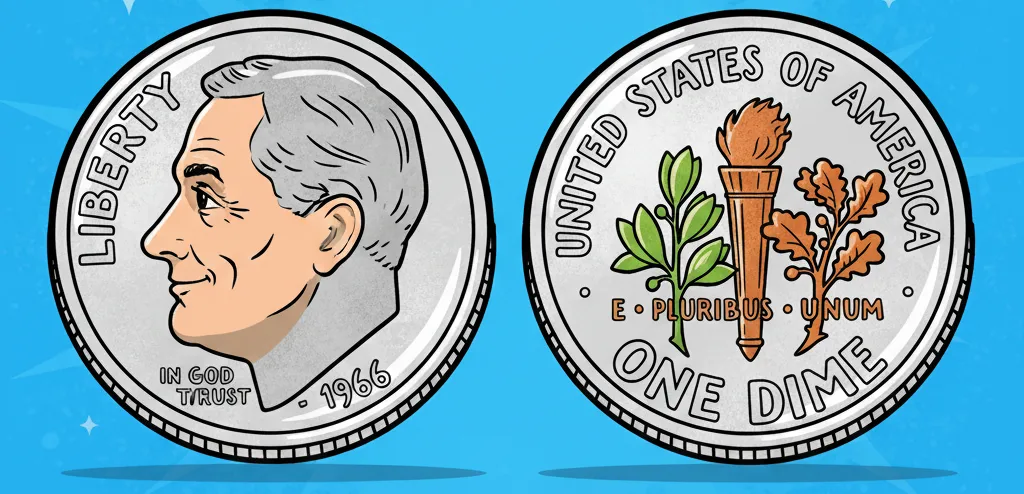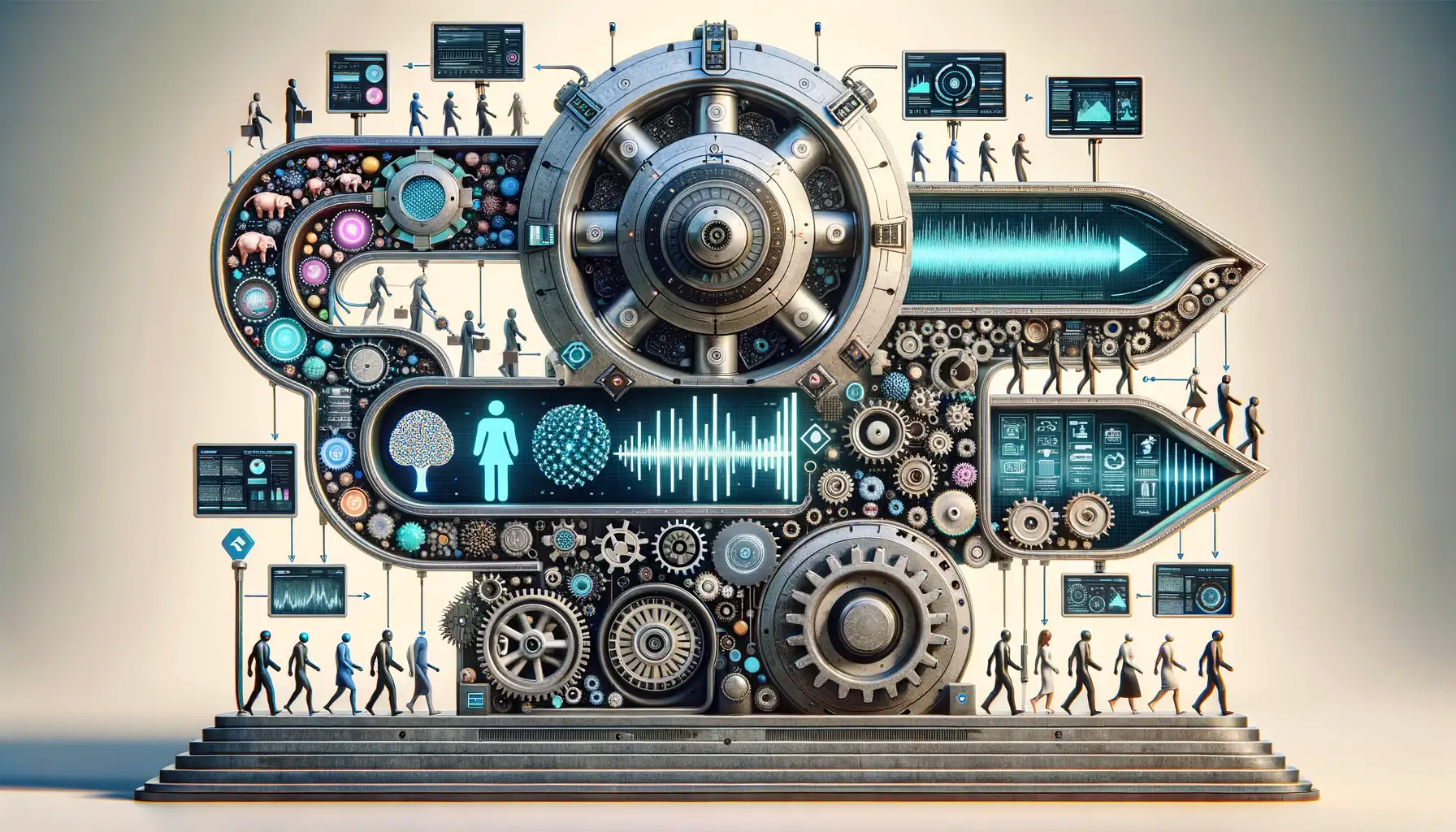Understanding Blockchain Technology and Data Privacy
Why Blockchain Feels Like the “Trust Machine”
Imagine a digital ledger—like an indestructible diary—that records every event, transaction, or piece of data with absolute precision. That’s what blockchain technology is all about. But here’s where it gets magical: once something is written in this diary, it’s nearly impossible to erase or alter. Why? Because the data isn’t just stored in one cozy spot; it’s distributed across countless nodes (think of them as digital gatekeepers) around the world.
For those of us who cringe at the thought of our personal info being whisked away by hackers, blockchain offers a refreshing sense of control. Instead of handing over your sensitive data, the system ensures you’re the rightful owner. Most importantly, this mechanism replaces the need for middlemen (yes, even your favorite tech giants), thanks to its cryptographic armor and decentralized nature.
- Transparency: Every action in the chain is visible to authorized participants—no sneaky edits allowed.
- Security: The cryptographic locks on blockchain make traditional hacking feel like using a key on an uncrackable safe.
Start thinking about blockchain as more than a buzzword—it’s a shield for your identity.
Benefits of Blockchain for Data Privacy
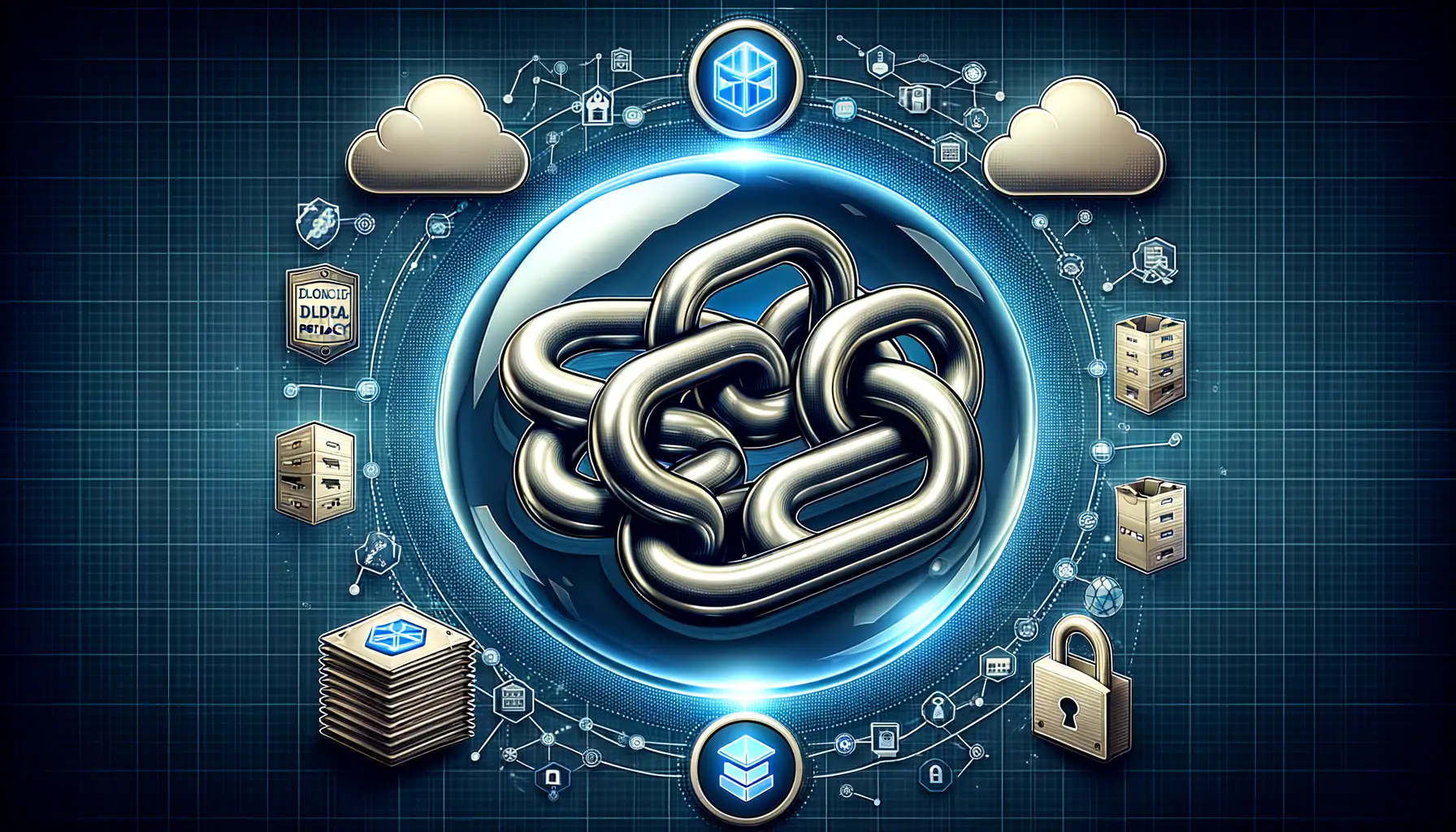
How Blockchain Redefines Data Ownership
Imagine a virtual vault that only you hold the keys to—sounds empowering, right? This is precisely how blockchain technology transforms data privacy. Unlike traditional systems where your sensitive information sits on centralized servers (ripe for breaches), blockchain decentralizes everything. Your data isn’t stored in one vulnerable spot but spread across a global network of secure nodes.
Here’s the game-changer: you’re no longer handing over control to middlemen or big corporations. With blockchain, you keep the keys—literally. Think smart contracts, encrypted access, and immutable records. Every transaction, every edit, is logged transparently, yet your identity remains hidden behind cryptographic layers. It’s like leaving breadcrumbs that lead nowhere except to verified security.
- Zero-knowledge proofs: Share only the data required, without revealing everything. Why hand over an entire cake when someone just wants a slice?
- Decentralized identities: Say goodbye to endless passwords. Blockchain enables self-sovereign IDs, granting access on your terms.
- Immutability: Once it’s written, it’s sealed. Hackers can try, but altering a blockchain? Virtually impossible.
Protecting Privacy Without Sacrificing Transparency
Blockchain manages to strike that delicate balance between privacy and transparency—a dance most technologies stumble at. Picture this: a healthcare system where your medical data is securely shared with doctors while remaining private to others. Or imagine financial transactions that verify legitimacy without exposing personal details.
With innovations like encryption algorithms and permissioned blockchains, you’re not just protected—you’re empowered. Transparency doesn’t have to mean vulnerability; it can mean accountability with boundaries. Isn’t that the kind of personalization we deserve in today’s digital age?
Challenges and Limitations of Blockchain in Ensuring Data Privacy
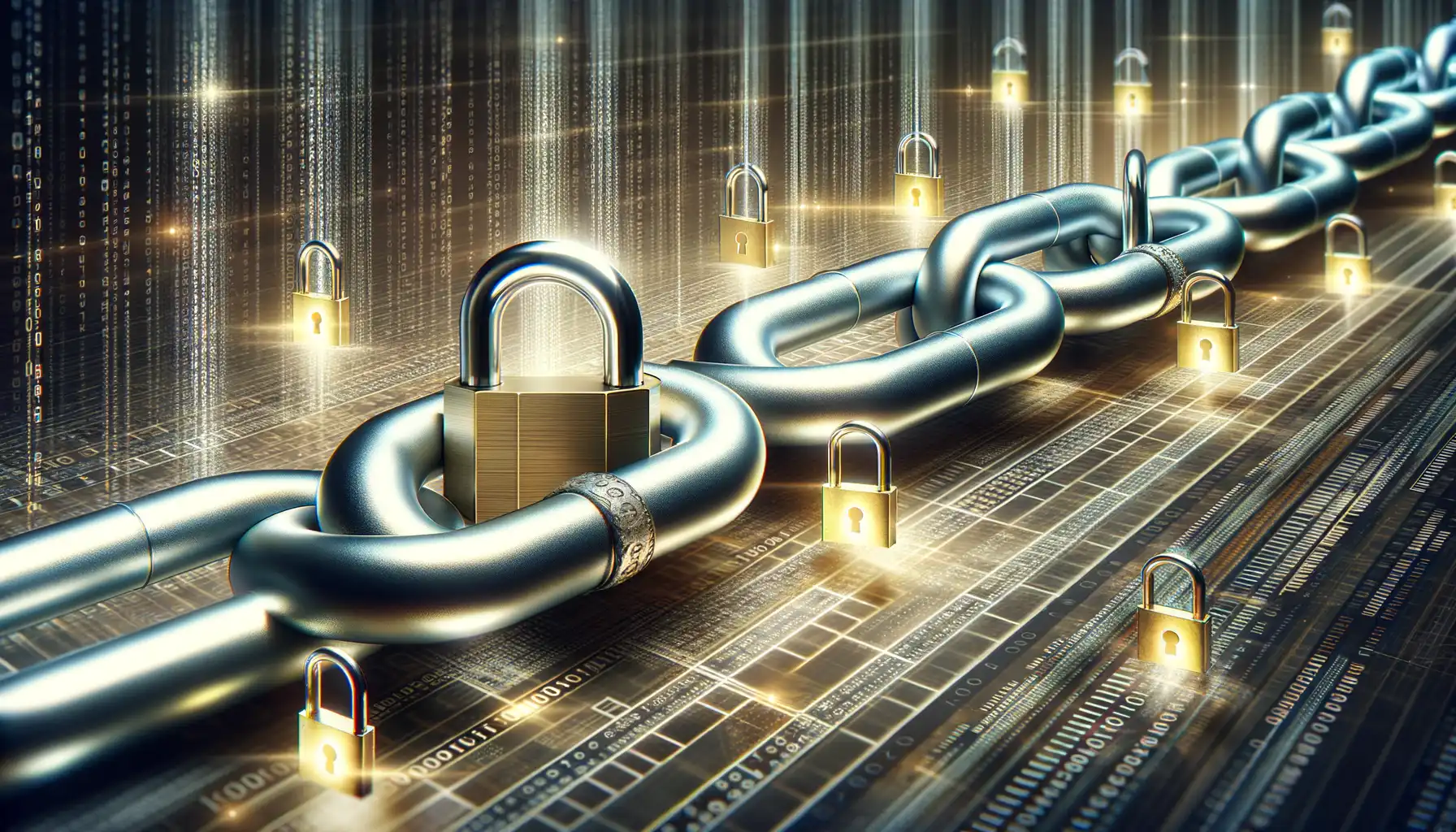
The Double-Edged Sword of Transparency
Blockchain’s legendary transparency is a paradox when it comes to data privacy. On one hand, it ensures trust and immutability. On the other, this transparency leaves sensitive details vulnerable to exposure. Imagine posting a private diary page online—it’s “locked” but still accessible forever. While your transactions or data records remain tamper-proof, they’re also publicly visible on most public blockchains.
Pseudonymity, often hailed as a key benefit of blockchain, only hides identities partially. A motivated actor equipped with metadata analysis tools could connect the dots and reveal who stands behind a wallet address. It’s like wearing a mask, but leaving tiny breadcrumbs for someone to follow.
Technical Hurdles That Hold Privacy Back
Blockchain is far from perfect. For starters:
- Scalability issues mean that adding encryption or privacy layers can clog up already strained networks, slowing them considerably.
- Compliance with laws like GDPR is murky. How do you “delete” personal data in a system designed to be permanent?
Emerging solutions like zero-knowledge proofs and private blockchains are promising, but they remain works-in-progress. Blockchain, while dazzling, hasn’t quite mastered the delicate dance between security and privacy just yet.
Applications of Blockchain in Data Privacy Solutions
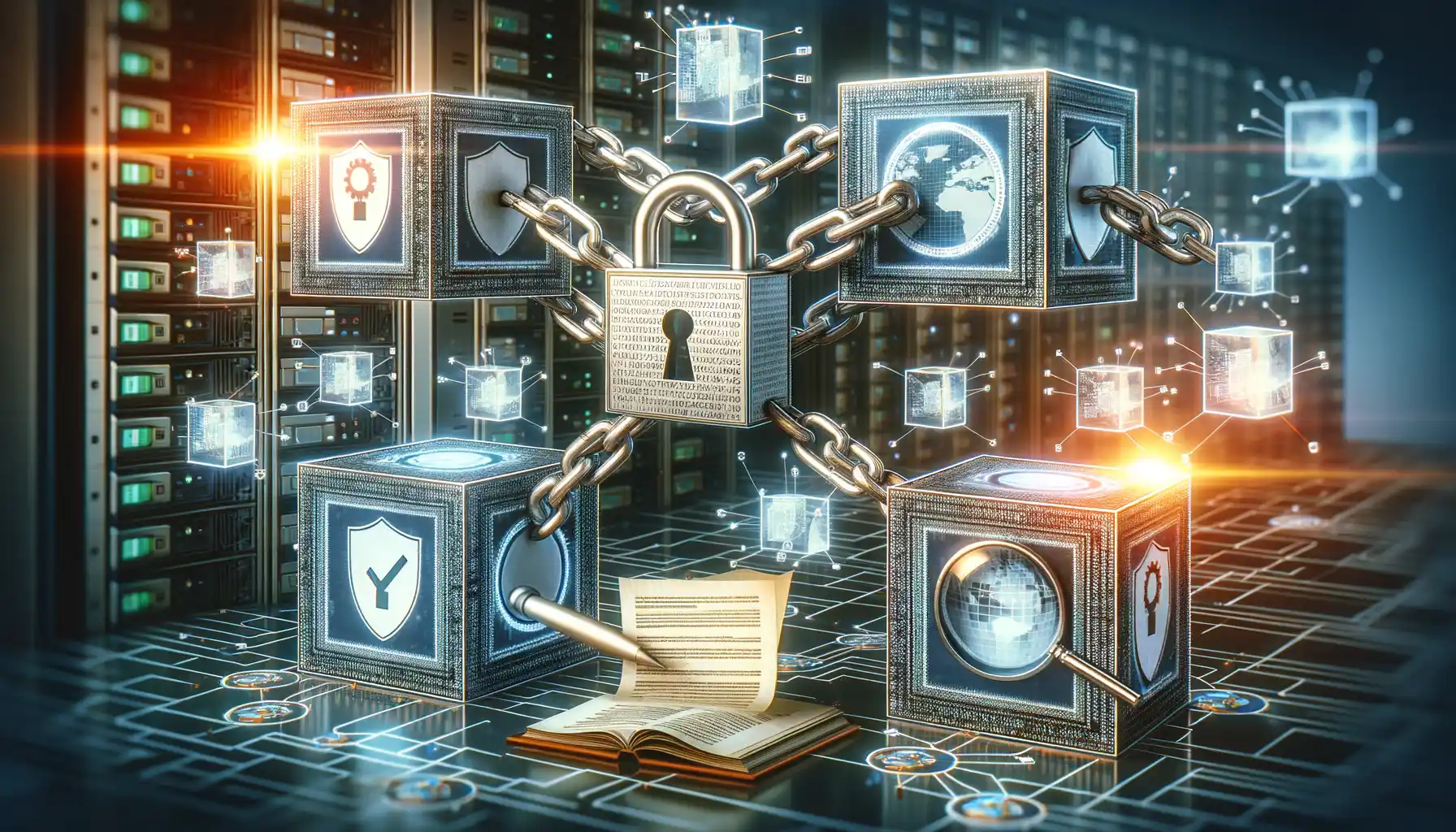
How Blockchain Redefines Data Privacy in Everyday Life
Imagine a world where your personal information isn’t a ticking time bomb waiting to be stolen. Thanks to blockchain technology, this vision is closer to reality. Blockchain’s decentralized nature flips the script on traditional data storage, empowering individuals and dismantling the centralized vaults hackers love to target.
Picture this: Instead of trusting one organization with all your sensitive details, blockchain scatters it like a puzzle across its network. Only you hold the key to piece it together. This means services like digital identity management become nearly invincible. No more worrying about banks or retailers holding your data hostage; with blockchain, YOU are in control.
Every interaction becomes traceable yet private, tamper-proof yet accessible. It’s privacy with armor—but built for empowerment, not isolation. The applications of blockchain are more than technical improvements; they’re lifelines for your digital world.
Future Implications of Blockchain on Data Privacy and Security

The Shift from Centralized to Decentralized Privacy
Imagine a world where your personal data isn’t locked away in a massive, faceless server controlled by one corporation. Instead, it’s like keeping your valuables in a transparent, unbreakable vault that only you hold the key to. That’s the future blockchain could offer for data privacy—a move from centralized systems to decentralized control.
With blockchain technology, sensitive data isn’t stored in one vulnerable location. Instead, it gets encrypted and distributed across countless nodes. This means hackers would need to breach not just one wall but an entire fortified network—a near-impossible task. Think of it as turning your digital footprint into a whisper instead of a shout.
- Personal data becomes self-managed instead of being “owned” by companies.
- Data breaches will no longer expose millions at once; risks are minimized.
- Transparency ensures companies can’t misuse your information—everything is traceable.
Regulating the Uncharted Territory
But here’s the twist: can governments keep up? While blockchain empowers individuals, its decentralized nature poses challenges to current regulations. It beckons a future where laws may need to be rewritten to balance innovation with oversight. Imagine trying to govern the wind—it requires a whole new mindset!

